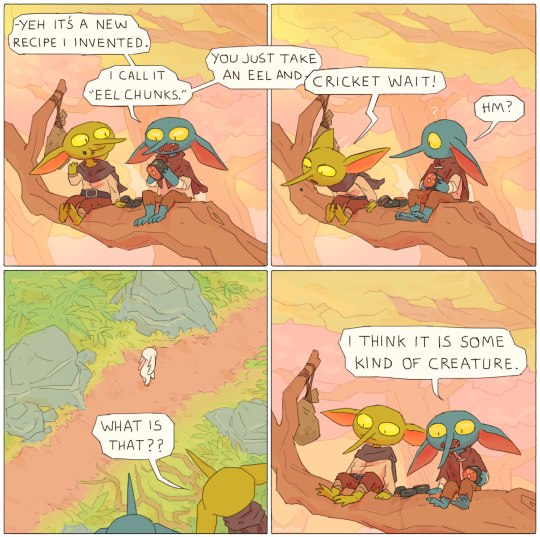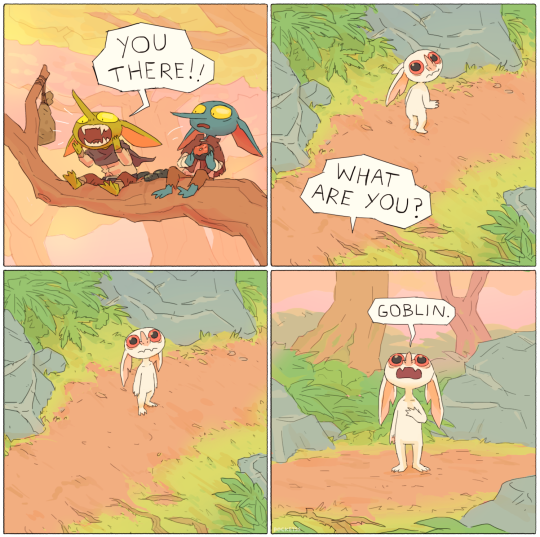Photo


✨⁺ ✦ ⊹Ghibli Set⊹ ✦ ⁺✨
Hello!! I’m here again with a set that I had a lot of fun making and didn’t want it to end. The set’s theme was chosen by my patrons and I was so excited to create stuff from one of my favorite studios ☆
The set includes 15 items:
♡ Calcifer Light | 1 Swatch | 374 Polys
♡ Totoro Holder | 1 Swatch | 1.8k Polys
♡ Totoro Candle | 1 Swatch | 1.5k Polys
♡ Ponyo Bucket | 1 Swatch | 2k Polys
♡ 3 Ghibli Clays | 1 Swatch | 1.1k Polys
♡ 4 Ghibli Clays | 1 Swatch | 1.6k Polys
♡ No Face Cups | 1 Swatch | 1.3k Polys
♡ Pencil Holder | 8 Swatches | 546 Polys
♡ Cross Stitch | 20 Swatches | 682 Polys
♡ No Face Incense | 1 Swatch | 1.2k Polys
♡ Ghibli Painting | 10 Swatches | 34 Polys
♡ Susuwatari Pops | 2 Swatches | 1k Polys
♡ Susuwatari Plate | 6 Swatches | 3.9k Polys
♡ Susuwatari Bowl | 6 Swatches | 1.3k Polys
♡ 3 Piece Cross Stitch | 9 Swatches | 2k Polys
Additional Info:
BGC
Tagged swatches
Custom thumbnails
Custom specular maps
You can quickly access these items by searching “aira” in the game. If you run into any issues please let me know. Hope you like them!!
♡ Download on my Patreon(Free)
18K notes
·
View notes
Note
Hi! I'm really fond of researching about hanfu and its history, and I found a lot of interesting information on this blog. But I can't help it and keep wondering about the reason for qipao/cheongsang not be considered a hanfu? When I researched about it the most common argument is the Manchu influence on it. However, there are a plenty of hanfu styles that were influenced by other cultures. Is there a more especific reason for not consider the qipao?
Hi, thanks for the question, and glad you like my blog! (x)

I want to start off with an important disclaimer:
The term “hanfu” as we use it today (defined as “traditional Han Chinese clothing”) does not have the exact same meaning as when it was used historically. As @audreydoeskaren explains in this post, “while it is true that the term “hanfu” was used in some historical texts, they were often used in opposition to clothing worn by foreign peoples…and not as a standalone term”. Today, there is no central organizing body or law that states exactly what is & what is not considered hanfu. Rather, such categorization is done by the members of the hanfu community - and the hanfu community is not a monolith. Ever since its inception in 2003, the hanfu revival movement has been a grassroots, bottom-up movement with members of various backgrounds, ideologies, and opinions. It is a movement that is built upon, and driven forward by, constant dialogue and debate among its members. Thus the question of what garments are considered hanfu is under continuous discussion, and is subject to the hanfu community’s views and ideas on culture, clothing, and history.
With that being said, it’s true that there is almost unanimous agreement within the hanfu community that qipao/cheongsam (I will refer to it here mainly as qipao because that is what I’m used to) is not considered hanfu. In my (non-expert & non-academic) opinion, there are two main reasons for this: 1) Unclear origins and 2) Western influence. Let’s examine each (Note: I will be referring a lot to posts by resident qipao expert @audreydoeskaren, who is much more knowledgeable about the subject than I am. Please check out her series on early 20th century Chinese womenswear if you haven’t already):
1. Unclear Origins
It is widely acknowledged that the qipao as we know it today was first popularized during the 1920s, but what led up to that - the origins of qipao - are actually unclear. It is most commonly touted as being derived from Manchu one-piece robes, but “origins of cheongsam are truly unclear and it’s very likely that the many theories attributing it to Manchu fashion were invented after its popularization” (x). The Wikipedia article on cheongsam states that the garment is “of Manchu origin”, but does not give any details on exactly when, why, and how it was adopted by Han women (as during the Qing dynasty Han women wore two-piece garments and did not wear Manchu one-piece robes). The article’s “Controversies on origin” section states that “the cheongsam is generally considered to be adapted from the one-piece dress of Manchu women during the Qing dynasty. However, there has been considerable debate on the origin of the cheongsam in academic circles”, and proceeds to give three alternative theories on the origin of the qipao.
Below, from left to right - 1. Manchu women’s one-piece robe during the Qing dynasty, 2. qipao from 1932, 3. 1930s-style qipao (x)

While there are various theories, the Manchu one-piece robe origin theory is still the most widely accepted, and thus is a major reason for why the qipao is not considered to be hanfu. @audreydoeskaren explains in detail the arguments for the Manchu origin theory here.
2. Western Influence
The qipao’s silhouette and style changed rapidly during its heydays in the 1920s-1950s. During these years there was significant Western influence on Chinese fashion, and that influence was reflected in the evolution of the qipao. Below is an (very simplified) illustration of the evolution of qipao style from the 1920s-1940s (x). Note how the silhouettes correspond to what was trendy in Western fashion at the time:
1920s - loose, flat, and boxy
1930s - long, slender, and streamlined
1940s - shorter, squared shoulders, and cinched waist

Arguably the greatest lasting impact of Western fashion on qipao was that of Christian Dior’s extreme hourglass New Look silhouette on 1950s & 1960s qipao. To achieve this new fashionable silhouette, qipao makers in the 1950s starting using Western tailoring techniques such as darts, shoulder seams, and zippers. Below - Dior’s New Look (left) & 1950s qipao (right):
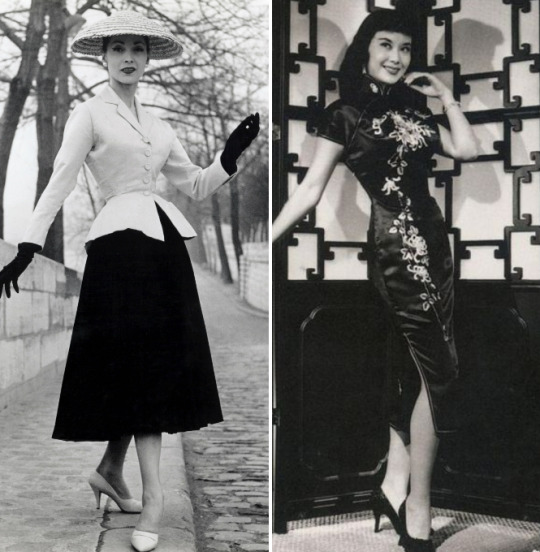
The use of darts, shoulder seams, and zippers continues today to create the curvy, form-fitting silhouette of contemporary qipao. The westernization of the silhouette, along with the usage of these relatively modern tailoring techniques, are further reasons for qipao to be categorized separately from hanfu by the hanfu community. Even hanfu that use nontraditional techniques such as shoulder seams and zippers are not recognized as “authentic” hanfu by many in the hanfu community. Rather, they are categorized as modified hanfu/改良汉服 and/or hanyuansu/汉元素 (clothing with elements of hanfu).
Now as you mentioned, it is true that several hanfu styles were influenced by other cultures (one notable example is the Yuan dynasty’s Mongolian influence on Ming dynasty hanfu: 1, 2). Furthermore, while the qipao might possibly be derived from Manchu robes, it was ultimately mainly created, worn, and innovated by Han people. So why not consider qipao a type of hanfu? My view is that it is the combination of the abovementioned factors (unclear origins, westernization, tailoring techniques) that places qipao outside the classification of hanfu, from the perspective of the hanfu community. For more details on the differences between hanfu and qipao, please check out this article.
I want to be clear, however, that this separate classification is not a value judgment. Qipao may not be classified as hanfu under the current definition of hanfu, but that does not in any way take away from the qipao’s importance, significance, and value to Chinese fashion history & culture in general. The most iconic Chinese garment of the 20th century, the qipao reflects the tastes and values of its time, and to this day is an ubiquitous part of a Chinese woman’s wardrobe. There are many people (such as myself) who like and wear both hanfu and qipao.
In fact, it makes me happy to see that there appears to be a growing interest in reviving & taking inspiration from vintage qipao styles. I see this as a part of the general trend of interest in historical Chinese clothing that the hanfu revival movement belongs to. Below are a few vintage-inspired qipao that I find appealing (1/2/3/4/5/6):
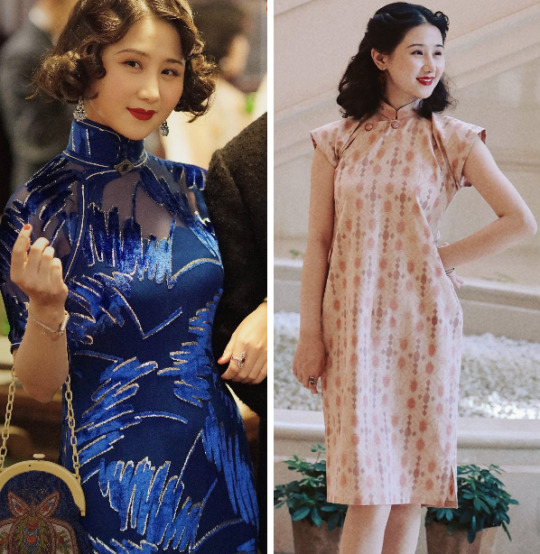

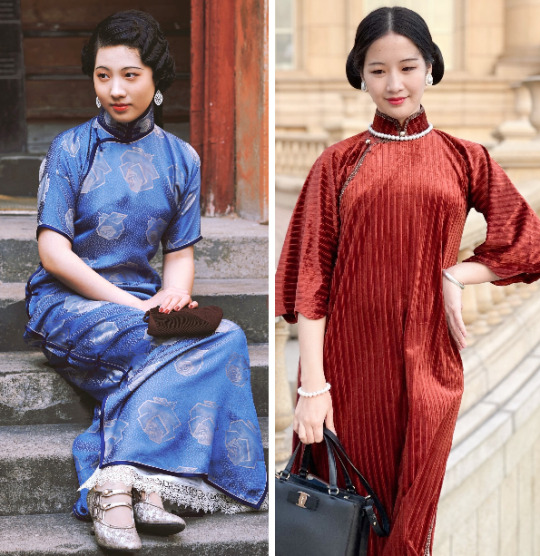
For more information, please see my “qipao” tag.
Hope this helps!
(Note: if anyone wants to add information, share thoughts, or correct a mistake, please do! I welcome it ^^)
2K notes
·
View notes
Text






(+ canon wenzhou interaction that totally happened)


Word of Honor as textposts part 2 /??
512 notes
·
View notes
Text
GUFENG DRAWING TUTORIAL BOOKS Masterpost
Gufeng or better know as “ancient style” art in Chinese has recently grown a popularity due to Danmei such as MDZS and TGCF. I recently got into Gufeng after being inspired by a talented artist Ibuki Satsuki with her breathtaking gorgeous characters in Chinese clothes weaving around swords.

I created this post in hopes to help others who struggled to understand on how to draw Gufeng but know how to get started this might help give you a better idea on how to draw gufeng and what you should do when you draw it.
Though the scans are in Chinese there are pages that have been translated down below.
Caption:
I do not own any of the books or the art in the books just the raw scans I only scanned please do not repost this anywhere without crediting the original owners of the books first.
Gufeng books:
Jin Se Introduction to Hand-painted Chinese Traditional Style Watercolor Illustration Book

Chinese Ancient Style Cartoon Primary Painting Course Super Simple textbook Watercolor Ink style drawing book

Ancient Style Manga Material Book Cartoon Character Hairstyle Clothing Comic Coloring Basic Techniques Book

Chang Le Painting Collection Book Chinese Classic Beauty Girl illustration Art Painting Tutorial Book

Fanhua Changle Personal Painting Collection Ancient Beauty illustrations Beautiful Girl Drawing Tutorial Book

Dong Fang Mei Ren Hui

Beautiful Girl Color Pencil Drawing Tutorial Book Pencil Figure Painting Techniques for adult

Black and White Ink Sketch Beautiful Girl Painting Tutorial Book Ancient Style Comic Character Sketching Technique Art Book

The New Cute antiquity Style cartoon characters figure drawing book Chinese entry comic book for adult beginners

Figure painting book of Chinese Ancient gorgeous style comic drawing training books self-learners illustration Tutorial textbook

Drawing Anime /Manga for The Beginners: Draw Ancient Beauty Coloring Book for Adults Drawing Book Chinese Edition Art Book

Comic Figure painting book of Introduction to antiquity Chinese Ancient Ladies comic drawing training books

Lines Drawings of Ancient Figures

Game Cartoon Characters Modeling Profession Hand-Painted Techniques Antique Style Article

Anthropomorphic Cartoon Sketch Technique Tutorial book Japanese style :Festivals and Solar Terms

English translated Gufeng
630 notes
·
View notes
Text
Terms You Might Want To Know For Your Wuxia/Xianxia Fic
MXTX's danmei are getting increasingly popular, and the fandoms are getting more fic-happy. I've noticed that some writers seem interested in writing their own fics but are concerned of making mistakes with niche honorifics and titles. I've noticed some that have jumped right in, but have made innocent errors that I'd like to correct but fear coming off as rude or presumptuous. And so I've made this list of terms that covers the basics and also some that are a little more niche since they're usually directly translated in cnovels.
DISCLAIMER: This is by no means a comprehensive list of everything one needs to know or would want to know concerning ancient Chinese honorifics and titles, merely what I myself consider useful to keep in mind.
Titles
Shifu: 'Martial father'; gender-neutral
Shizun: 'Martial father'; more formal than 'shifu'; gender-neutral
Shimu: ‘Martial mother’; wife of your martial teacher
Shiniang: ‘Martial mother’; wife of your martial teacher who is also a martial teacher
Shibo: elder apprentice-brother of your shifu; gender-neutral
Shishu: younger apprentice-brother of your shifu; gender-neutral
Shigu: apprentice-sister of your shifu
Shizhi: your martial nephew/niece
Shimei: younger female apprentice of the same generation as you
Shijie: elder female apprentice of the same generation as you
Shidi: younger male apprentice of the same generation as you
Shixiong: elder male apprentice of the same generation as you
Shige: elder male apprentice of the same generation as you, specifically one who has the same shifu as you or is the son of your shifu
Zhanglao: an elder of your sect
Zhangbei: a senior of your sect
Qianbei: a senior not of your sect
Wanbei: a junior not of your sect
Zongzhu: Address for a clan leader
Zhangmen: address for a sect leader
Daozhang: Daoist priests or simply a cultivator in general; gender-neutral
Daogu: Daoist priestess or a female cultivator; not as commonly used as 'daozhang'
Xiangu: Daoist priestess or a female cultivator; not as commonly used as 'daogu'
Sanren: a wandering cultivator
Xianren: 'Immortal Official'; a title of respect and power like 'General'
Xiuzhe: 'Cultivator', can be shortened to 'Xiu'
Xianjun: 'Immortal Master/Lord'
Xianshi: 'Immortal Master/Teacher'
Dashi: 'Great Teacher', address for monks
Xiansheng: Teacher/Sir; in ancient China, the connotation is very scholastic
Houye: address for a duke
Jueye: address for a noble lord, ei. a duke, marquess, earl, etc.
Wangye: address for king/imperial prince
Daren: address for imperial officials
Furen: Madam; the wife of an imperial official/nobleman OR a married woman granted a rank by the royal family
Nushi: Madam; the counterpart of 'xiansheng', connotation is scholastic
Taitai: Madam; address for an old married woman of the gentry, either wife or mother to head of household
Laoye: Old Lord; Address for an adult man with adult children of the gentry; possibly head of household
Nainai: Madam; Address for a married woman of the gentry, possibly wife of head of household
Ye: Lord; address for an adult man of the gentry, possibly head of household
Shaonainai: Young Madam; address for a woman married to a young man of the gentry
Shaoye: Young Lord; address for a young man or boy of the gentry, generation lower than head of household
Xiaoye: Little Lord; can be a synonym for ‘shaoye’ OR the son of a shaoye if ‘shaoye’ is already being used within the family
Xiaojie: Young Mistress; address for an unmarried woman or young girl of . . . the gentry and only the gentry, I believe. Correct me if you know for certain this is incorrect. (WARNING - It's an archaic term that should really only be used in an archaic setting if being used as a title instead of a suffix, because the modern vernacular has it as a term for a prostitute in mainland China. [Surname]-xiaojie is fine; Xiaojie by itself should be avoided.)
Gongzi: ‘Young Master/Lord/Sir'; ‘Childe’; young man from a household of the noble or gentry class
Guniang: 'Young Master/Lady/Miss'; ‘Maiden’; an unmarried woman or young girl from a household of the noble or gentry class
Laozhang: 'Old battle'; polite address for an unrelated old man of lower status than you
Laobo: polite address for an unrelated old man of a higher status that you
Laotou: 'Old man'; informal but not derogatory, implies fondness/closeness
Laopopo: 'Old woman'; informal but not derogatory, implies fondness/closeness
Please note that all of these listed above can be used as stand-alone titles or as suffixed honorifics.
Strictly Prefix/Suffix
-shi: 'Clan'; the suffix for a married woman, essentially means 'née'. (ex. Say Wei Wuxian was a woman and married into the Lan clan through a standard marriage. She would be called 'Wei-shi' by her husband's contemporaries and elders when not in a formal setting. It implies lack of closeness; used by acquaintances.)
a-: A prefix that shows affection or intimacy.
-er: A suffix that shows affection or intimacy; typically for children or those younger than you
-jun: 'Nobleman'; a suffix for a greatly respected man
-zun: 'Revered One'; a suffix for a greatly respected man
-ji: A suffix for a female friend
-bo: A suffix for an older man of your grandparents' generation
-po: A suffix for an older woman of your grandparents' generation
5K notes
·
View notes
Photo










Red Lantern Palace inspired by the movie “Raise the Red Lantern”, a cold, austere traditional chinese palace. There are rooms for concubines, servants, children and well placed doors to keep everyone in their quarters.
Please download these CCs :
Chinese cooking furnace : LINK
Chinese Painting : LINK
Chinese Furniture Set : LINK
Chen Decor : LINK
Porcelain Flower : LINK1 LINK2 and LINK3
Chinese Bed : LINK
Lantern : LINK
Wash Bucket : LINK
Outside Lamp : LINK
Barrel Shower : LINK
LOT DOWNLOAD
Have fun and feel free to send me or post how you play with the Red Lantern Palace !!
76 notes
·
View notes
Text






Take a group photo with your loved one in Hanfu Tang robe
from: Chengdu Photographer Xiao You Ya
244 notes
·
View notes
Text







Hanfu attire of Ming Dynasty noblewomen
from: Xiao Xintou Xiao Yitou (小心头-小意头)
244 notes
·
View notes
Photo






灵通寺lingtong temple, 漳州zhangzhou, fujian province
5K notes
·
View notes
Text






Cr: ZZH Studio
181 notes
·
View notes
Photo









favorite zhou zishu outfits | [¼]
533 notes
·
View notes
Text








Ming Dynasty Hanfu | Plum Blossom | Beauty
from: Wan Jin Qi (万锦其)
207 notes
·
View notes






























